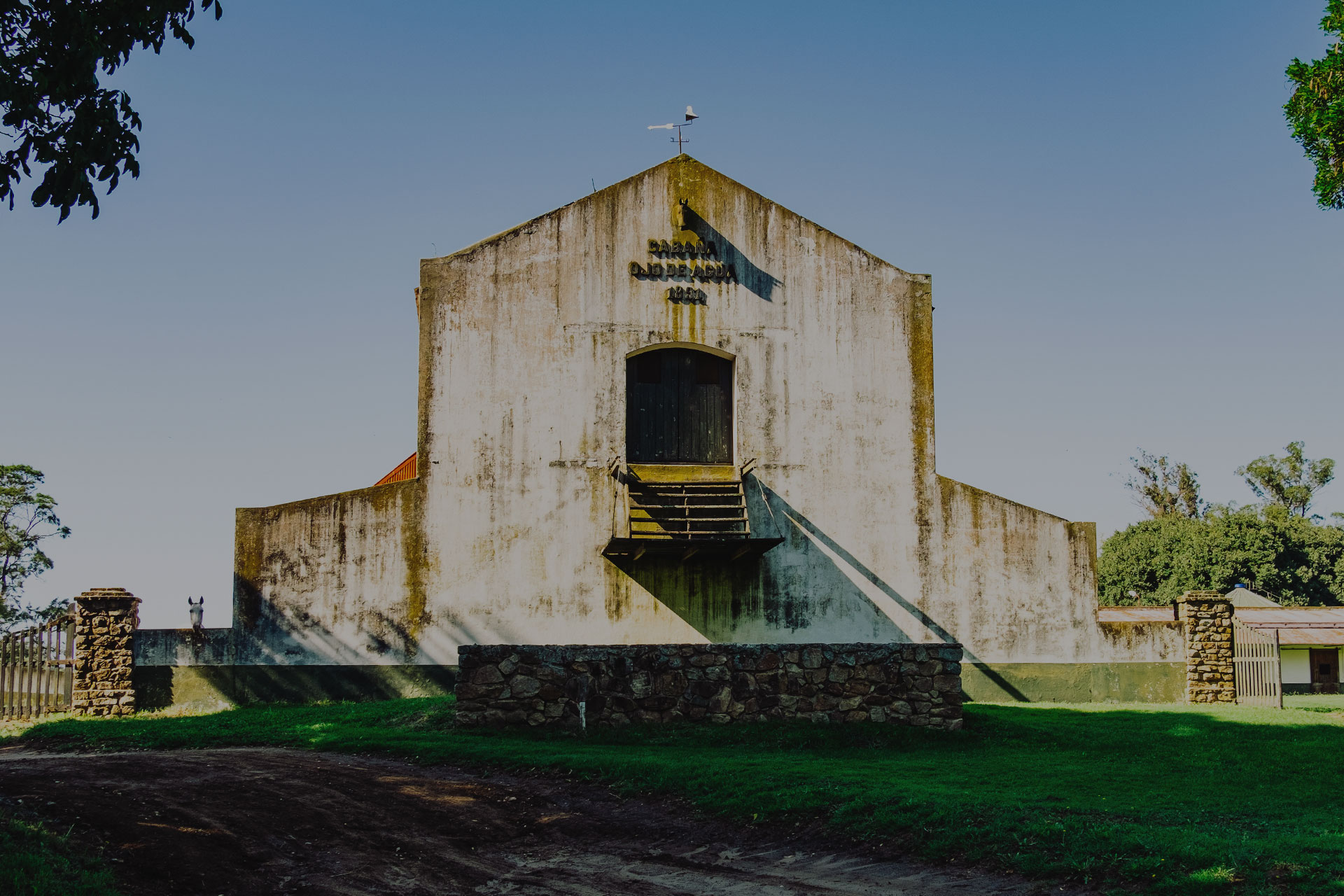Decades of agricultural history
Our wines honor Ojo de Agua’s great legacy in Argentina. Ojo de Agua first came to life in 1868 when the legendary Pedro Luro bought the land in the foothills of the Sierra de la Vigilancia from the Argentine Rural Society. Soon after, because of its ideal climate and soil, it became the mecca of thoroughbred horseracing, and raised some of the best horses not only in Argentina, but known throughout the world for its award-winning stallions.
1868
The Ojo de Agua Estancia, which stands on 2,000 hectares of land at the foothills of the Sierra de la Vigilancia, comes to life in 1868 thanks to Pedro Luro, who bought it from the Argentine Rural Society. It’s located in the General Pueyrredón between Mar del Plata and Balcarce. The name Ojo de Agua, which means eye of the water, comes from the thousands of liters of natural spring mountain water that flows daily through the farm.
1880's
The area is chosen for its ideal climate and soil. Thoroughbred horse racing begins and the master estancia house is built.
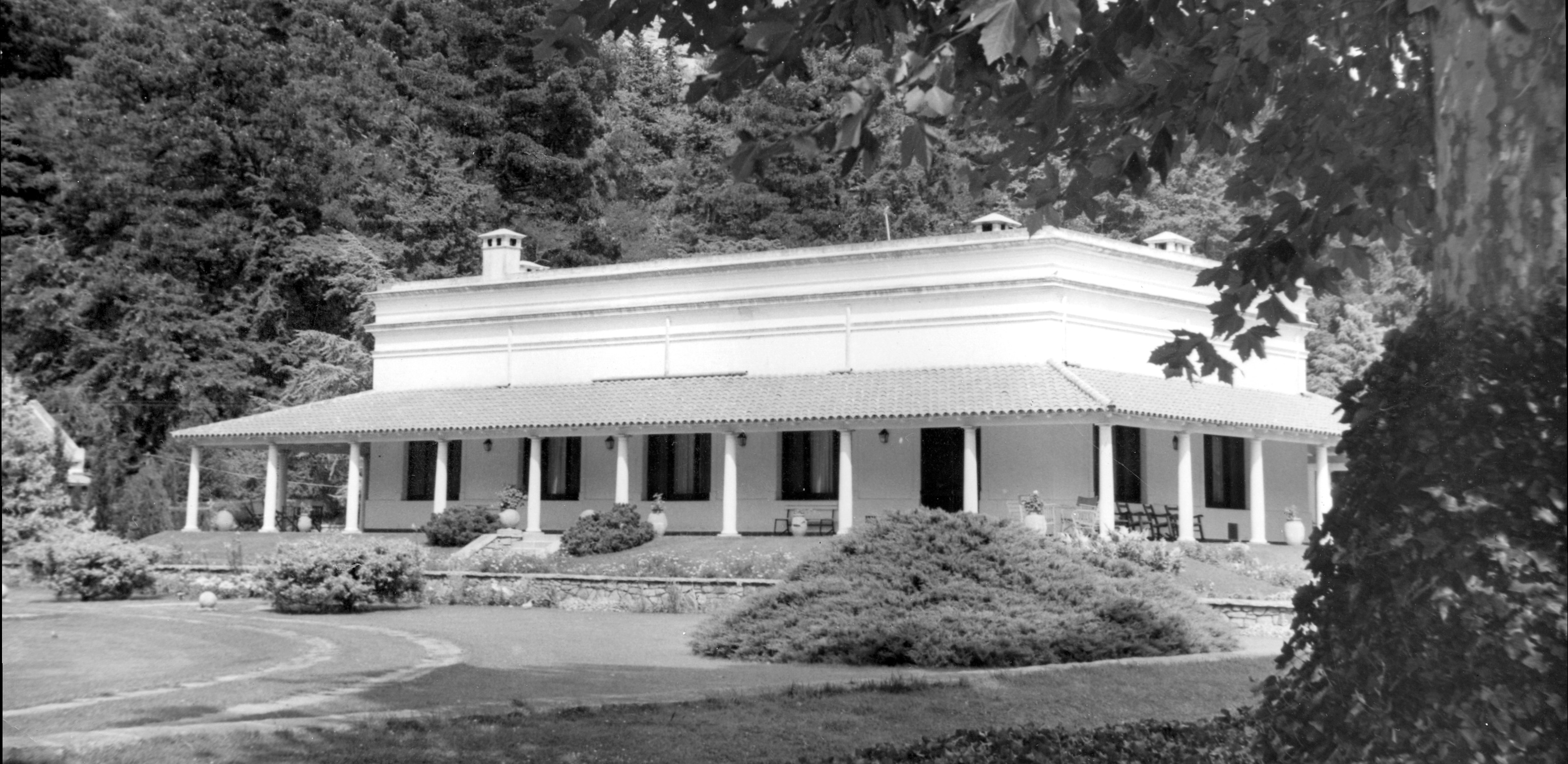
1903
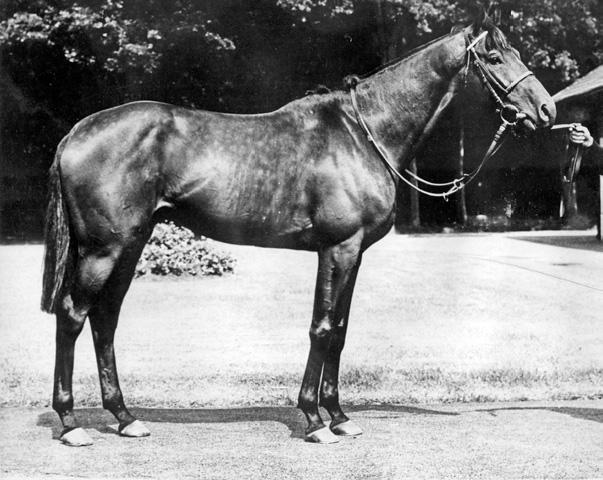
The first stallion, Kendal, is acquired from England, influencing thoroughbred breeding across Argentina. The Ojo de Agua horses begin to receive international awards and honors.

1908
They acquire more famous stallions, like Cyllene and Polar Star. Cyllene is known as “the Best Horse in the World”, winning the National Prize in Buenos Aires three times, and numerous million dollar offers. Owner Doña María Luro says, “Cyllene is priceless” and does not sell.
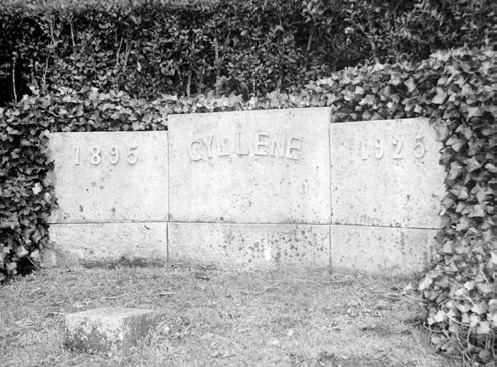
1930
Congreve, who revolutionized the Turf Mundial, was acquired in 1930. 170 of his offspring are winners, and six who won the Gran Premio Nacional, the oldest race in South America.
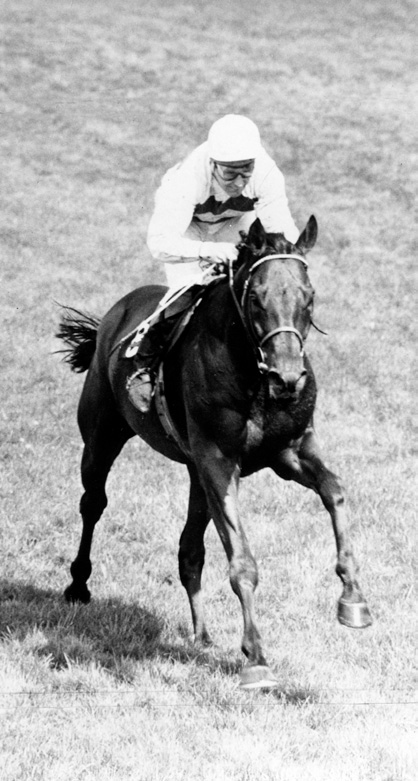
1954
Aristophanes, father of the glorious Forli, is acquired, and later wins the most important national awards. Winner of the Triple Crown in Argentina, is sent to the USA. Another winner.
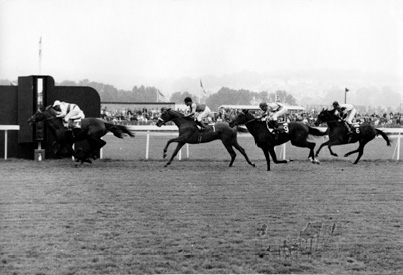

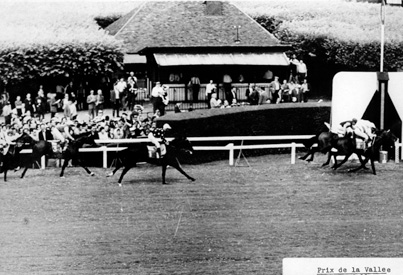
1970
Good Manners is acquired, the stallion in Argentina with the most wins, and considered to be the grandfather stallion.
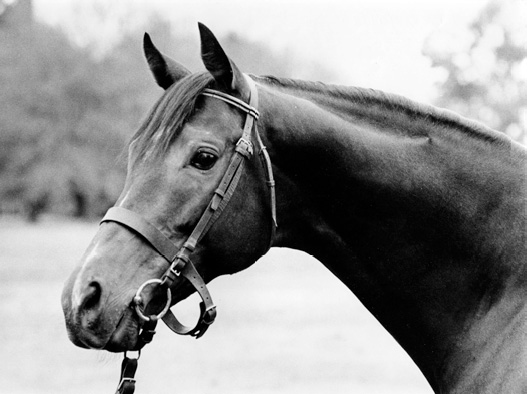

1996-Present Day
Dieter Meier buys the Ojo de Agua estancia, maintaining the 19th century aesthetic and charm. Meier sees incredible farming potential in this Golden Land, and begins to raise cattle, produce beef, and honor Ojo de Agua’s history and legacy in Argentina. He also journeys across the entire country in search of the richest soil to produce organic wine and natural products in Mendoza, Salta and Patagonia.

